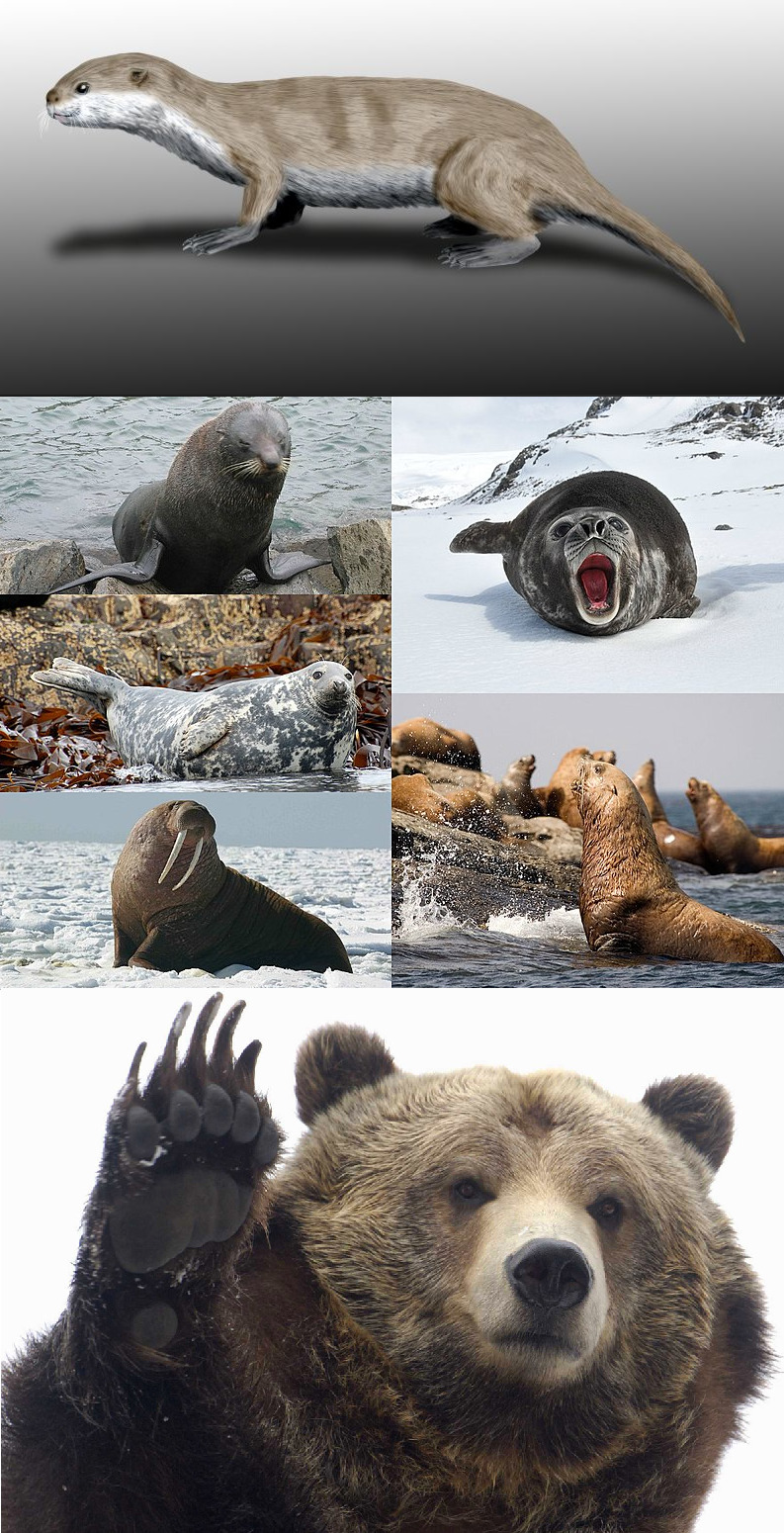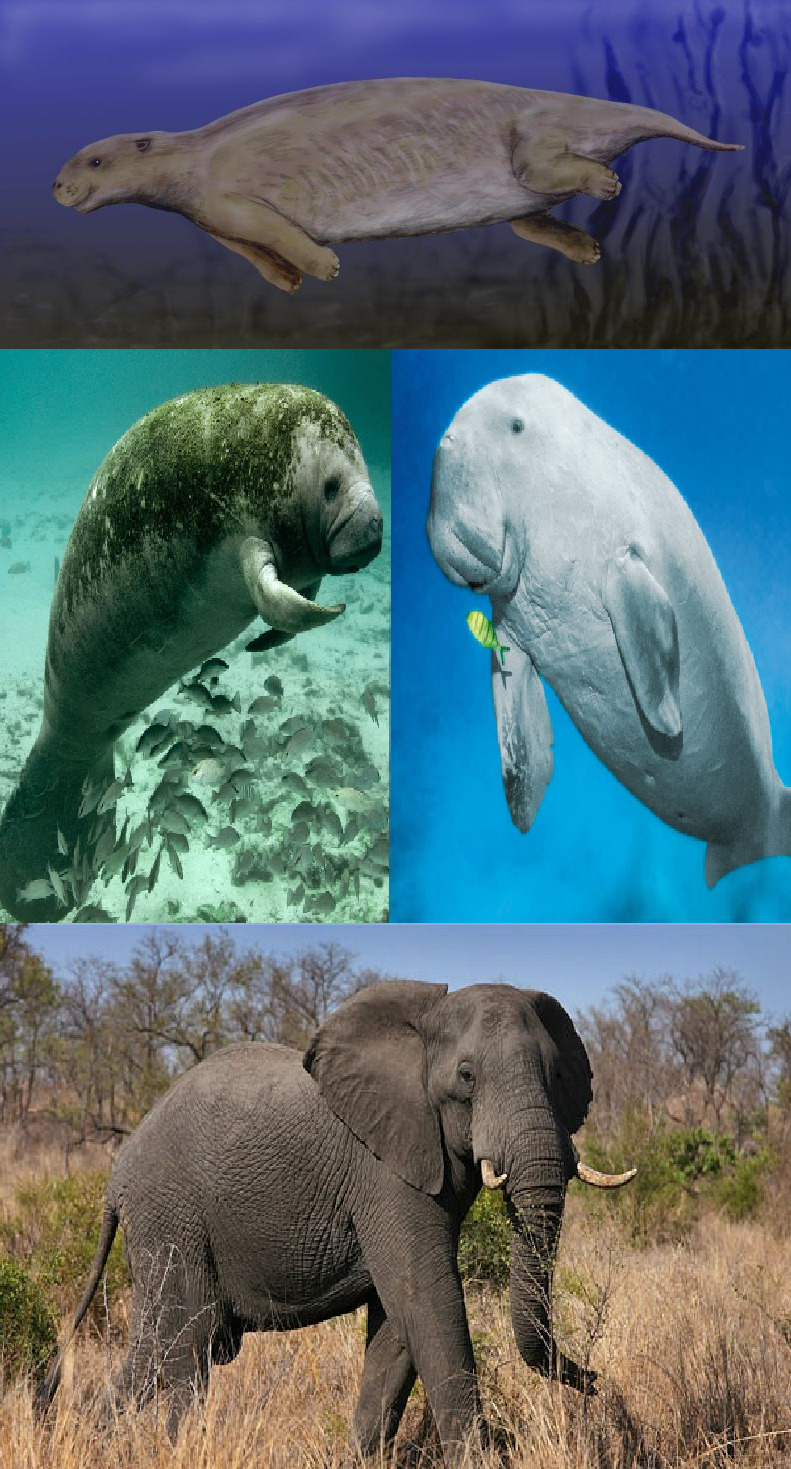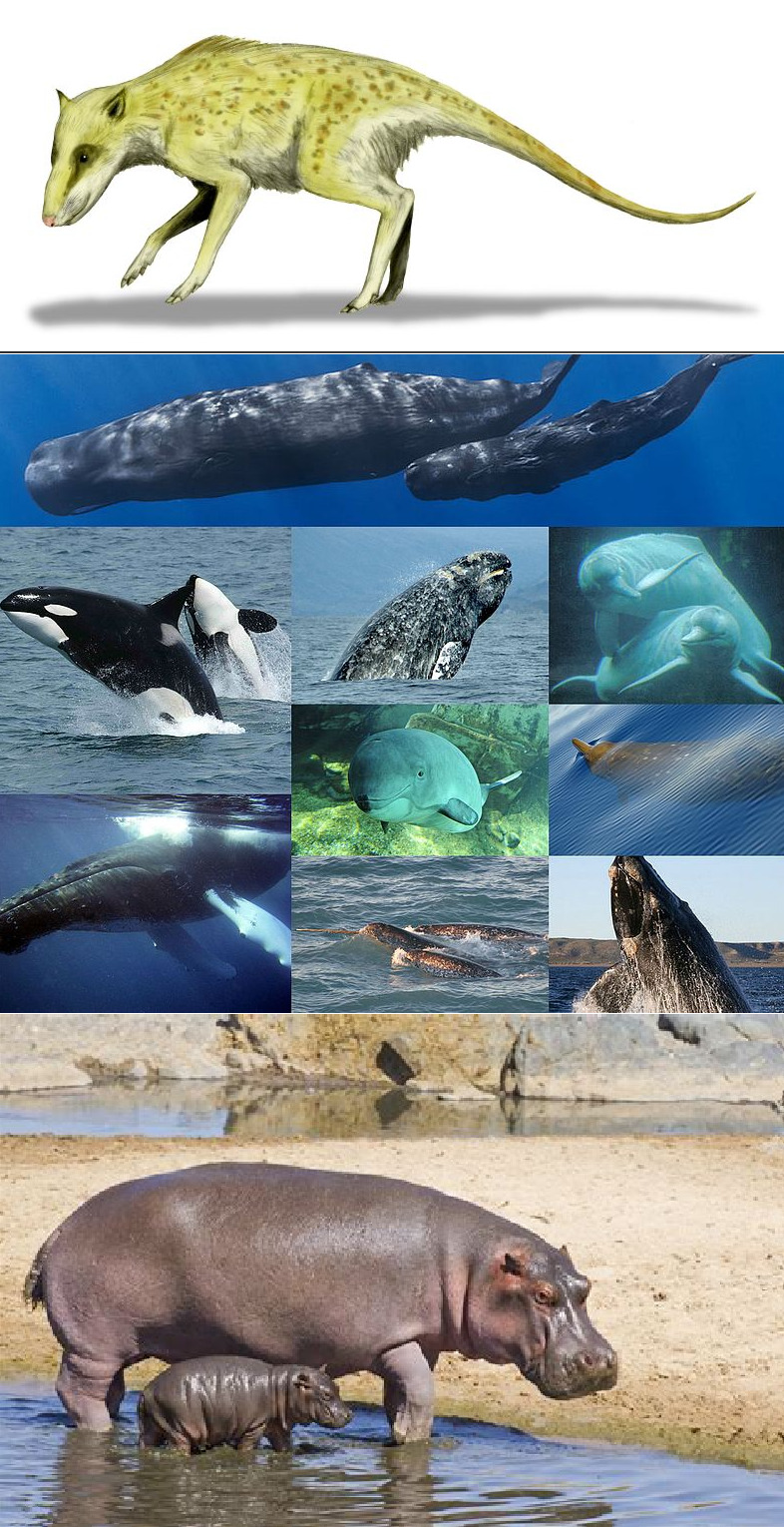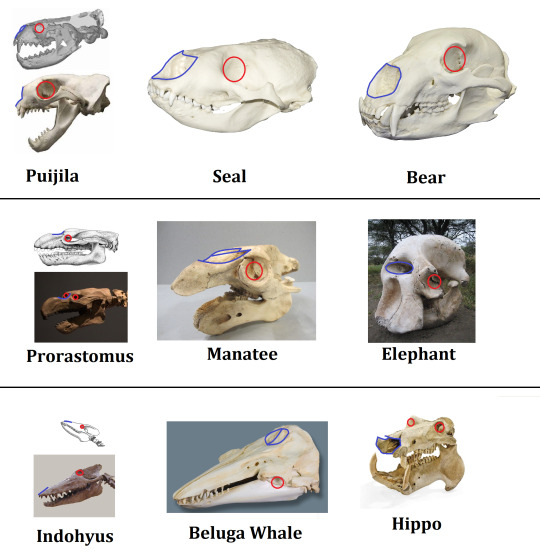#cassie-heartgal
Note
👻 and 🌠 (ghost and comet in case it's unclear)
"I admire you from afar you probably don't know I exist"
"I wish we could talk"
Hey I know you exist!! You were one of my earliest followers when I made this blog! Of course I would notice your existence!! I'm incredibly flattered that you do and it means the world to me! I really feel honored!💜💜😊 and of course we could talk! I'm open to any time really and happy to hear what you have to say and chat!
You're always welcome! And I greatly appreciate your existence! You make my day brighter!

9 notes
·
View notes
Note
Sonic headcanon: when he plays Smash, he always mains himself, and anyone that's playing with him always gets so annoyed

Correct
10 notes
·
View notes
Text
Evolution of Mermaids
All life came from the sea, but 375 million years ago the tiktaalik took the momentous first steps onto dry land.

Well, not dry exactly, it was still a fish with gills, but it could live in the shallows and survive out of the water for a period of time like modern mudskippers. The point is, all land animals evolved from this amphibious fish, and only a handful of species ever returned to the briny deep.
The puijila was an otter-like mammal that evolved back to the sea 21 to 24 million years ago, the ancestor of modern pinnipeds (seals and walruses). Pinnipeds are most closely related to bears and musteloids (weasels, otters, raccoons, skunks)

The prorastomus was a tethytherian (an animal from the Tethys Ocean between what is now India and China) which evolved back to the sea around 40 million years ago, the ancestor of modern sirenians (manatees and dugongs). Sirenians are most closely related to elephants.

The indohyus was an even-toed ungulate (hoofed mammal) that returned to the sea around 50 million years ago, the ancestor of modern cetaceans (whales and dolphins). Cetaceans are most closely related to hippos.

From this we can draw a rough evolutionary timeline; it takes 40 to 50 million years to become fully aquatic like whales and manatees, and around 20 million to become semi-aquatic like seals. Mermaids are clearly semi-aquatic, able to leave the water for some time, often sunning themselves on rocks, so they would be evolutionarily most similar to pinnipeds, though not closely related to them.
Mermaids are always depicted as humans with the lower halves of fish, which is evolutionarily impossible, but if we assume that they are in fact related to humans, we can pinpoint exactly when they would have evolved and from what. Let’s shoot for 20 to 25 million years ago; what did our ancestors look like back then?
Well, for starters, hominids hadn’t even evolved yet! Anatomically modern humans came into the picture 30,000 to 50,000 years ago, while the genus Homo has been around for only about 2 million years. Our closest living relatives are chimps and bonobos, and our last common ancestor (the species humans and chimps evolved from) existed 6 million years ago. Following the tree of life back even further, our next closest relatives are gorillas, and that last common ancestor existed only 8 million years ago.
Going back the bare minimum of 20 million years gets us to around the point where apes evolved in the first place. 25 million years ago, there were no apes, only monkeys (or rather, the ancestors of monkeys). This is the point at which mermaids would have diverged from the rest of the primates, so we can assume that the last common ancestor between humans and mermaids would be the proconsul:

Imagine if this thing became a semi-aquatic mammal; mermaids would look nothing like primates, any more than whales look like hippos or manatees look like elephants. First of all, mermaids would be larger and fatter than any modern primates to stay warm; water dissipates heat 25 times faster than air, so the larger and rounder the animal, the lower the surface area relative to its size, and the slower the heat loss. That’s part of the reason whales have grown so large. Mermaids would look like fat monkey-seal hybrids, and almost certainly would have lost their “hands,” evolving paddle-like fins instead.
If we compare skulls, we can figure out exactly what they might look like.

The nose migrates to the top of the skull for fully aquatic mammals, but manatees are like seals in that they have kept the actual nostrils at the front of their faces, at the end of their snouts (only the skull has changed). And look at how similar seals are to bears; you wouldn’t realize it by looking at the live animals, but under the skin the family resemblance is uncanny. A mermaid skull would probably look like an old world monkey or one of the lesser apes.

The preconsul skull is almost exactly like that of the modern gibbon, so mermaids would look similar to them, though not instantly recognizable under the layer of blubber (you certainly can’t tell whales are ungulates like giraffes, moose, bison, camels, etc.)

Mermaid fins would look closer to seals than to whales; they wouldn’t necessarily have distinct fingers like they do in pop culture, but you would be able to tell they were once arms with hands. Also like seals, their tails would actually be their feet (whereas whale and manatee tails are actual tails, and their “feet” are vestigial)

Based on the evidence, here’s what I think an actual mermaid might look like:

The top image was my original drawing; as you can see, I’m not an illustrator, but @cassie-heartgal was kind enough to supply the second image, which is much closer to what I had in mind. Isn’t she beautiful? Just look at those eyes.
#mermaid#mermaids#evolution#evolutionary biology#speculative biology#biology#marine biology#whales#seals#walruses#dolphins#manatees#dugongs#cetacean#sirenia#pinniped#aquatic mammals#mermaid biology#cryptozoology#apes#human#chimp#gibbon#monkey#barrel of monkeys
774 notes
·
View notes